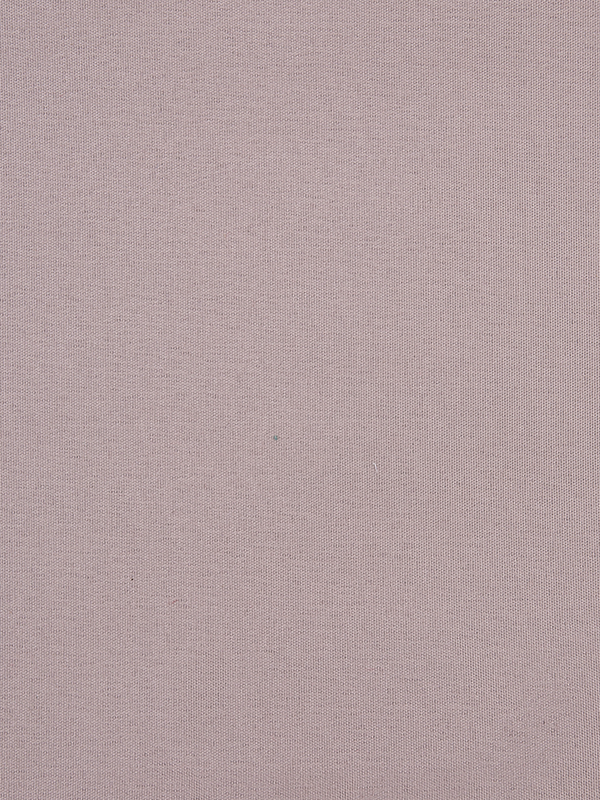Polyester pongee curtain fabric is favored for its durability, aesthetic appeal, and functional properties, particularly abrasion resistance and color retention. These attributes are crucial for ensuring that curtains maintain their appearance and integrity over time, especially in high-traffic areas.
The foundation of abrasion resistance and color retention in polyester pongee fabric lies in its composition:
Polyester fibers are inherently strong and resilient, providing excellent abrasion resistance. The strength of the fibers allows the fabric to withstand friction and wear without breaking down, making it ideal for curtains that may be drawn frequently or subjected to environmental stress.
The way the fabric is woven also plays a significant role. A tight weave enhances the overall durability and resistance to wear, reducing the likelihood of snagging and fraying.
To enhance both abrasion resistance and color retention, various finishing treatments are applied during the manufacturing process:
Some polyester pongee fabrics are treated with protective coatings that add an extra layer of abrasion resistance. These coatings can help the fabric resist damage from physical contact, making it more durable over time.
Advanced dyeing processes, such as solution dyeing, integrate color into the fiber during production. This method not only enhances color retention but also improves UV resistance, further protecting the color from fading due to sunlight exposure.

Applying water-repellent finishes can protect the fabric from moisture damage and staining, which can contribute to color fading. These finishes can help maintain the fabric's appearance and integrity, extending its life.
Achieving excellent color retention is essential for maintaining the aesthetic appeal of polyester pongee curtains:
Using high-quality, fade-resistant dyes is crucial. Reactive and disperse dyes are commonly used for polyester fabrics because they bond well with the fibers, providing long-lasting color that withstands washing and exposure to light.
After dyeing, fabrics can undergo treatments that enhance colorfastness. These include heat-setting processes that stabilize the dye within the fibers, making it less prone to fading or washing out.
Incorporating UV-resistant additives into the fabric can significantly improve color retention. These additives absorb harmful UV rays, reducing their impact on the fabric and helping to maintain the vibrancy of the colors.
Proper care is vital to preserving both abrasion resistance and color retention over time:
Polyester pongee fabric is typically machine washable, but using cold water and a gentle cycle can help prevent abrasion during washing. Avoiding bleach and harsh chemicals is also important, as they can weaken the fibers and affect color retention.
Air drying is preferable to using a dryer, which can cause unnecessary wear. If drying in direct sunlight, it is best to limit exposure to prevent fading.
Regularly dusting or vacuuming the curtains can help maintain their appearance and prevent dirt buildup, which can cause abrasion and discoloration.
Manufacturers employ rigorous quality control measures to ensure that polyester pongee fabric meets standards for abrasion resistance and color retention:
Fabrics are subjected to standardized abrasion tests to measure their durability. This testing helps manufacturers refine their processes and materials to enhance performance.
Fabrics undergo tests that simulate exposure to light and washing to assess color retention. These tests ensure that the dyes used are stable and meet consumer expectations for longevity.
Achieving abrasion resistance and color retention in polyester pongee curtain fabric involves a combination of material selection, advanced finishing treatments, and proper care. By leveraging the inherent qualities of polyester fibers, utilizing effective dyeing techniques, and implementing rigorous quality control measures, manufacturers can produce high-quality curtains that remain vibrant and durable over time. Understanding these factors not only benefits manufacturers in their production processes but also helps consumers make informed choices when selecting curtain fabrics for their homes or commercial spaces.

 中文简体
中文简体











